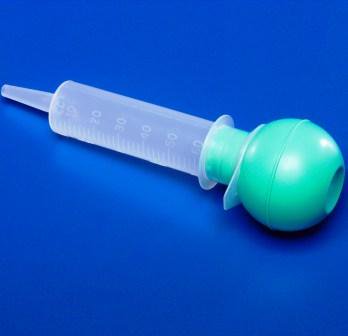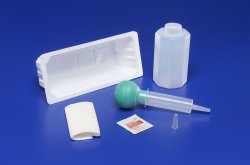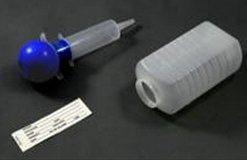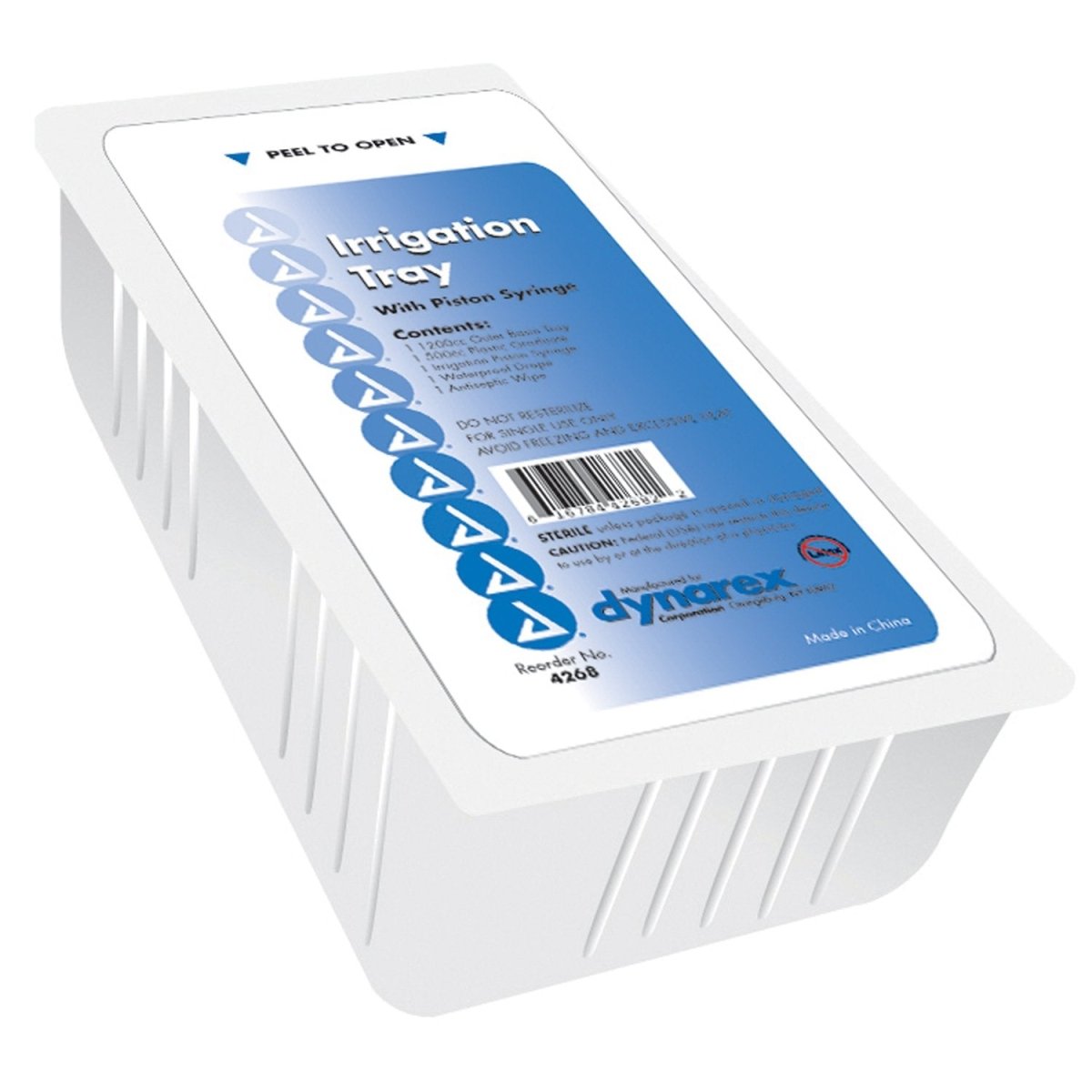Frequently Asked Questions about Irrigation Syringes and Trays
Do you still have questions about Irrigation Syringes and Trays?
If we still haven't answered your question, you can contact us by phone or email and we will get back to you as soon as possible.





